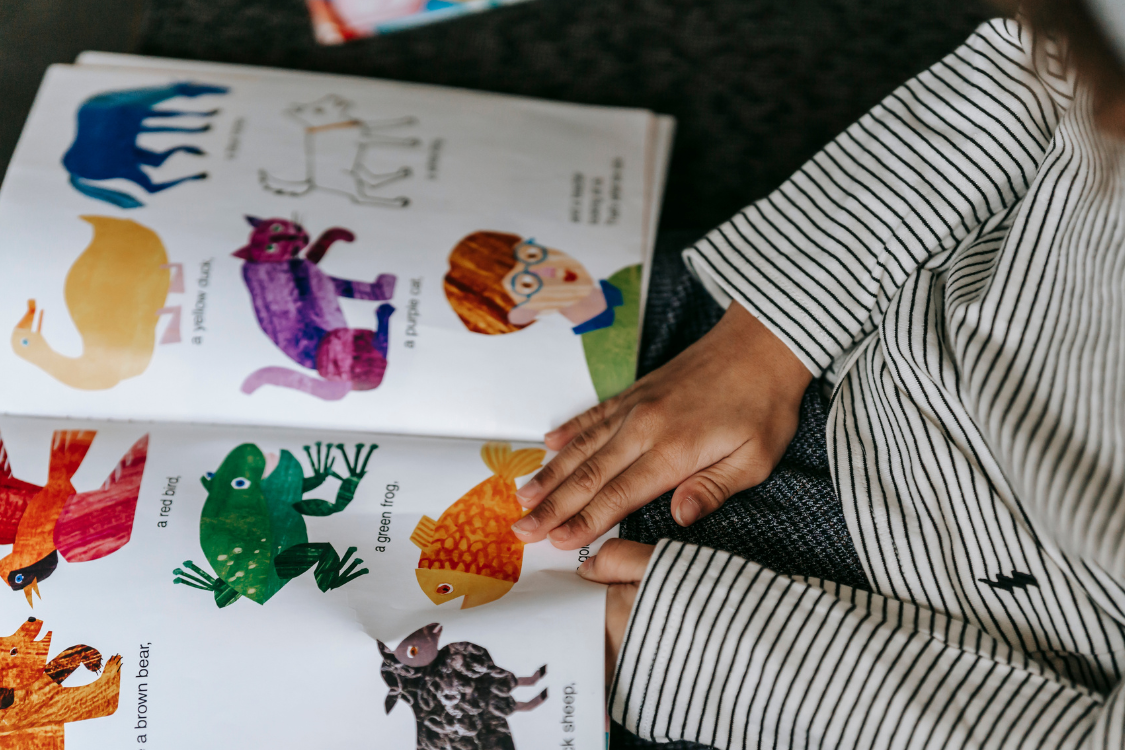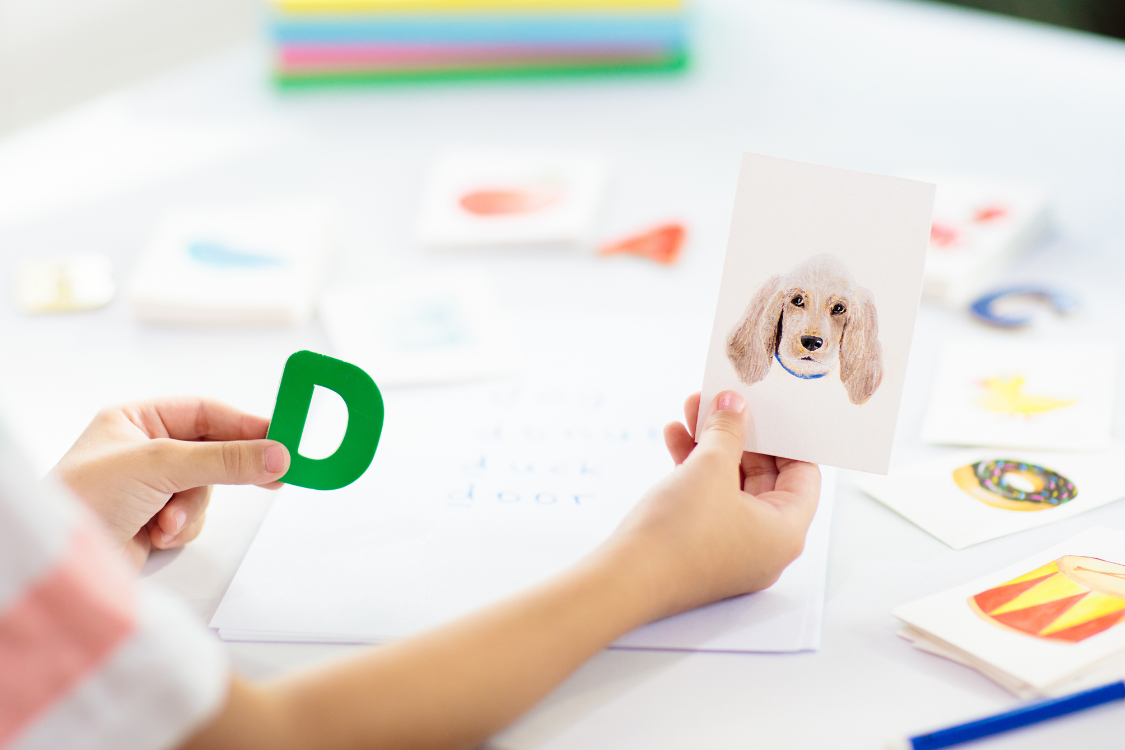Evidence-Based Differentiation Strategies for Phonics Instruction
Teaching phonics effectively means reaching every student in your classroom, regardless of their reading level or learning style. While research clearly shows that systematic, explicit phonics instruction is essential, the reality is that different students learn in different ways. This comprehensive guide will show you evidence-based differentiation strategies for your phonics instruction while maintaining the structured approach that the science of reading demands.
How to Assess Student Needs for Differentiated Phonics Teaching
Before implementing differentiated strategies, you need to understand exactly where each student stands in their reading development. Begin with these essential assessment steps:
- Conduct initial diagnostic assessments to identify specific phonics skill levels
- Document student responses to different teaching approaches
- Track progress using systematic observation tools
- Group students based on both skill level and learning style
Evidence-Based Methods for Systematic Phonics Instruction
Research shows that effective phonics instruction incorporates multisensory approaches that simultaneously engage students through multiple channels. Rather than targeting supposed learning styles, the goal is to strengthen neural pathways through varied, connected experiences with phonics concepts. All students benefit from seeing, hearing, and physically engaging with letter-sound relationships.
When teaching phonics patterns, incorporate multiple modalities in your instruction:
- Combine visual and verbal cues when introducing new patterns (e.g., showing the letter while clearly articulating its sound)
- Use manipulatives to reinforce abstract concepts (e.g., moving letter tiles while blending sounds)
- Include physical movement that supports learning (e.g., tapping out syllables while decoding)
- Provide multiple practice opportunities across different contexts
The key is not to match teaching to preferred learning styles but rather to strengthen connections between visual, auditory, and tactile experiences with phonics concepts. This multisensory approach helps all students build stronger neural pathways for reading while providing multiple access points to the content.
Best Strategies for Teaching Phonics to Struggling Readers
Struggling readers often need increased repetition and more explicit modeling of phonics concepts. The key is breaking down concepts into manageable chunks while maintaining engagement. A teacher might spend extra time working with these students in small groups, using multisensory approaches to reinforce letter-sound relationships.
Quick-start guide for supporting struggling readers:
- Begin each lesson with a quick review of previously taught sounds
- Use decodable texts that strictly control for taught patterns
- Provide immediate corrective feedback during reading practice
- Schedule brief, frequent practice sessions rather than longer ones
Advanced Phonics Activities for Strong Readers
Strong readers benefit from accelerated pacing and deeper exploration of phonics patterns. These students can handle more complex applications while still participating in grade-level instruction. Engage them with:
- Word sort activities comparing multiple spelling patterns
- Etymology investigations for complex words
- Independent application of phonics rules in writing
- Peer tutoring opportunities
Phonics Instruction Tips for English Language Learners
English language learners require special consideration in phonics instruction. Focus on making explicit connections between English phonics patterns and those in students’ native languages when possible. Essential strategies include:
- Emphasizing sounds that don’t exist in the student’s first language
- Using visual supports to demonstrate mouth position for sounds
- Providing extra practice with challenging English sound distinctions
- Incorporating culturally relevant examples in phonics lessons
How to Set Up Your Classroom for Differentiated Phonics Success
Your classroom environment plays a crucial role in supporting differentiated instruction. Create distinct areas that support various learning needs while maintaining easy supervision and transition flow. Essential elements include a small-group instruction area, independent workstations, and easily accessible resources for different skill levels.
Effective Assessment Methods for Differentiated Phonics Teaching
Ongoing assessment ensures your differentiation strategies are working effectively. Implement these key monitoring practices:
- Weekly quick checks of targeted phonics patterns
- Regular running records with miscue analysis
- Student self-assessment opportunities
- Documentation of strategy use during reading
How to Adjust Your Phonics Teaching Based on Student Progress
The most successful differentiated instruction responds to student progress in real-time. When assessment reveals that certain students are struggling with particular concepts, provide targeted support through small group instruction or individual conferencing. Similarly, when students demonstrate mastery, move them on to more challenging applications.
Steps to Implement Differentiated Phonics Instruction Tomorrow
Ready to start differentiating your phonics instruction? Here’s your action plan:
- Review your current student assessment data
- Identify 2-3 different approaches for teaching your next phonics concept
- Prepare materials for at least two different skill levels
- Plan one small group and one independent activity
- Set up a simple tracking system for student progress
Expert Tips for Long-Term Differentiation Success
Successful differentiation requires ongoing refinement of your teaching practices. Consider these professional development strategies:
- Join a professional learning community focused on literacy
- Document successful differentiation strategies
- Share resources with grade-level colleagues
- Stay current with reading science research
- Reflect weekly on what’s working and what isn’t
Remember that effective differentiation isn’t about changing what you teach—it’s about providing multiple pathways to mastery of essential phonics concepts. Through thoughtful implementation of these strategies, you can maintain the integrity of systematic phonics instruction while meeting the diverse needs of your students. Start small, stay consistent, and adjust based on your students’ responses. With time and practice, differentiated phonics instruction will become a natural part of your teaching repertoire.
Want to dive deeper into phonics instruction? Phonics.org is your go-to resource for all things phonics education. Check out our blog for more evidence-based strategies and insights.










